Telecom Data Network Cabinets
Network and server racks represent the backbone and basis of any IT installation – from single rack applications to a fully configured data center. Even though the main focus during operation is on active components such as servers, switches, storage systems and UPS solutions, rack systems provide a stable environment for sensitive electronics components
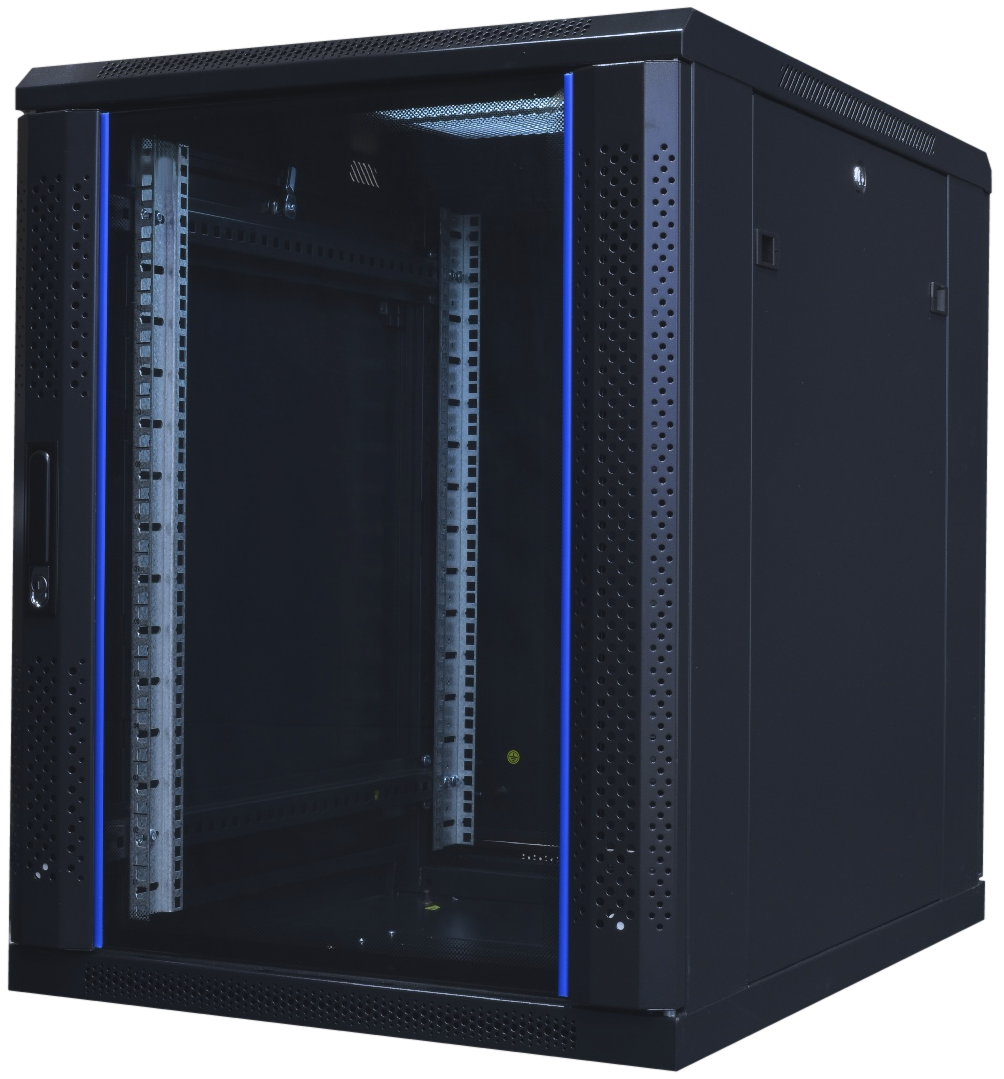
Wall Mounted Cabinets
Advanced Holding Group offers a variety of open and enclosed wall-mount cabinets for cables and equipment. Wall-mount systems create accessible locations for equipment where space is limited or does not exist. Store and secure equipment on the wall inside or outside the data center or equipment room and connect remote groups of users to the network.
Key Features:

Free Standing Cabinets
The range of 19” Floor Standing Data Cabinets are an ideal solution for housing network hardware and patching equipment. The robust design makes them suitable for use in IT departments and offices.
The cabinets are available in various configurations and are supplied fully assembled. Each cabinet utilizes a ventilated top and four 19” adjustable front and rear mounting posts. The cabinets feature hinged lift-off lockable sides and rear lockable doors for maximum access to the internal equipment, with cable access in the base for convenient routing of network cables. The cabinet frameworks are finished in goose grey or black with a toughened bronze tint perspex lockable front door.
Key Features:

Outdoor Cabinets
For outdoor installation, the Single and double-wall outdoor Cabinet protects equipment from the most adverse environmental conditions. Characterized by high efficiency, quality, robustness, and security, is designed to allow circulation and airflow, providing a natural cooling with condensation control, prevent access to unqualified people, and protect its contents from the weather and vandalism. In addition to the IP55 and IP65 base composition supplied in galvanized sheet steel, there are also available in aluminum and stainless steel compositions with different IP (Level of Protection)
Key Features:
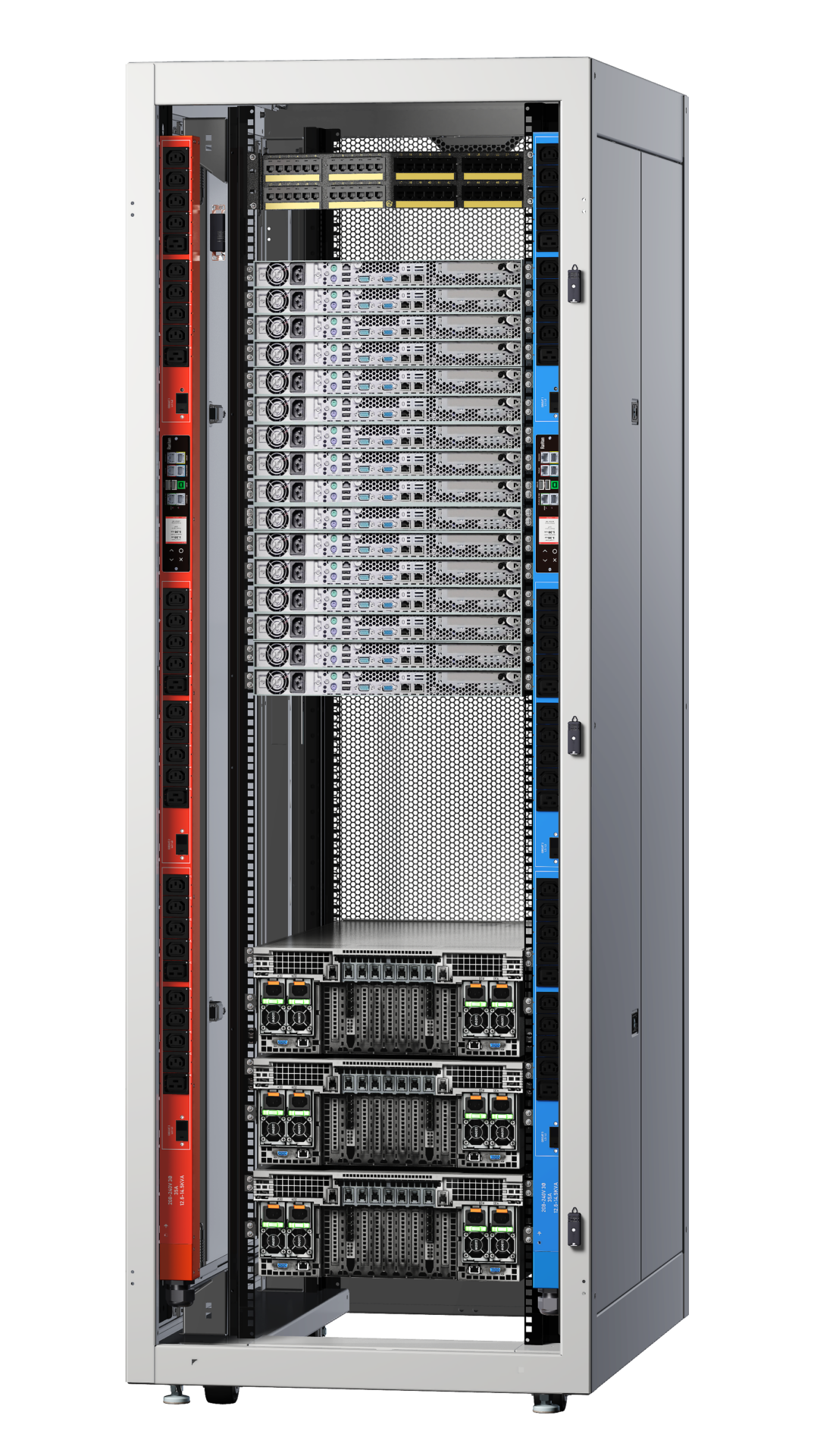
Smart Rack
Technological advancements in the age of big data and Internet of Things (IoT) have resulted in an increase of computing demands as well as a change in geographical distribution and location types where IT systems are deployed. IT managers are looking for IT infrastructure that is reliable, flexible, secure and operationally economical. For instance, when they design their server racks, they consider products that deliver protection and secure access to critical IT systems. They should be able to accommodate growth and expansion while being cost-effective. Many IT managers find value in using a single manufacturer for integrated and complementary solutions. This approach results in improved availability, quicker deployments, increased staff efficiency, better security and reduced cost.
Key Features:
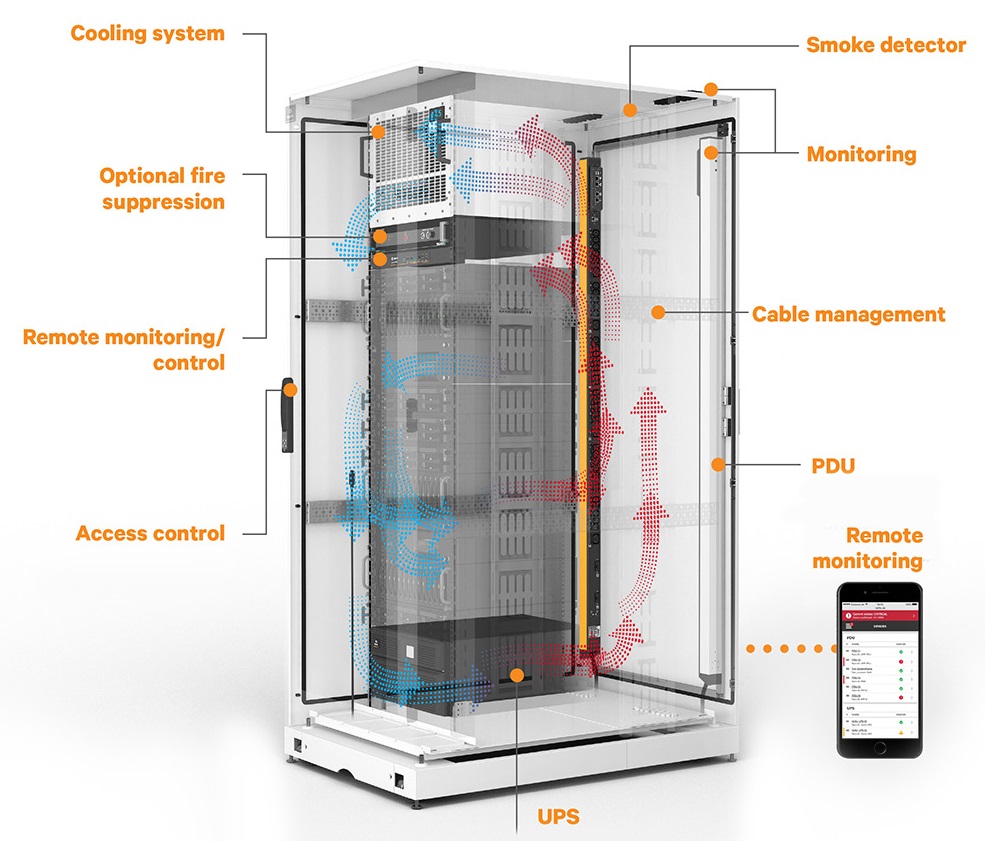
Micro Data Center
A micro data center is a small, self-contained data center architecture that is designed to support specific, targeted workloads or applications. It typically includes all the necessary components of a traditional data center, such as computing, storage, networking, and power and cooling, but in a much smaller form factor. Micro data centers are often used in edge computing scenarios, where low latency and high bandwidth are required for applications that cannot tolerate the latency and bandwidth limitations of centralized data centers.
Key Features:
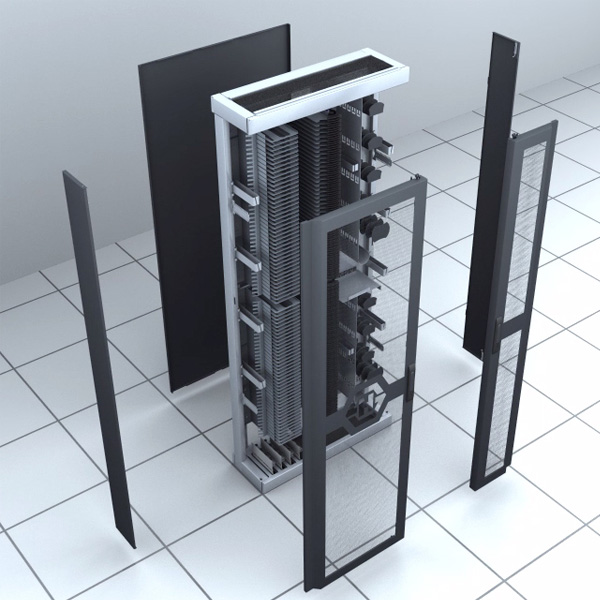
Indoor Fiber Optical Distribution Frame (IDF)
As gigabit FTTH (fiber to the home) and G.fast networks expand, more cables and connections, and the frames to hold them, are required. Optical distribution frames (ODF) and fiber distribution hubs (FDH) are designed to fit a variety of fiber and copper cabling applications.
Key Features:
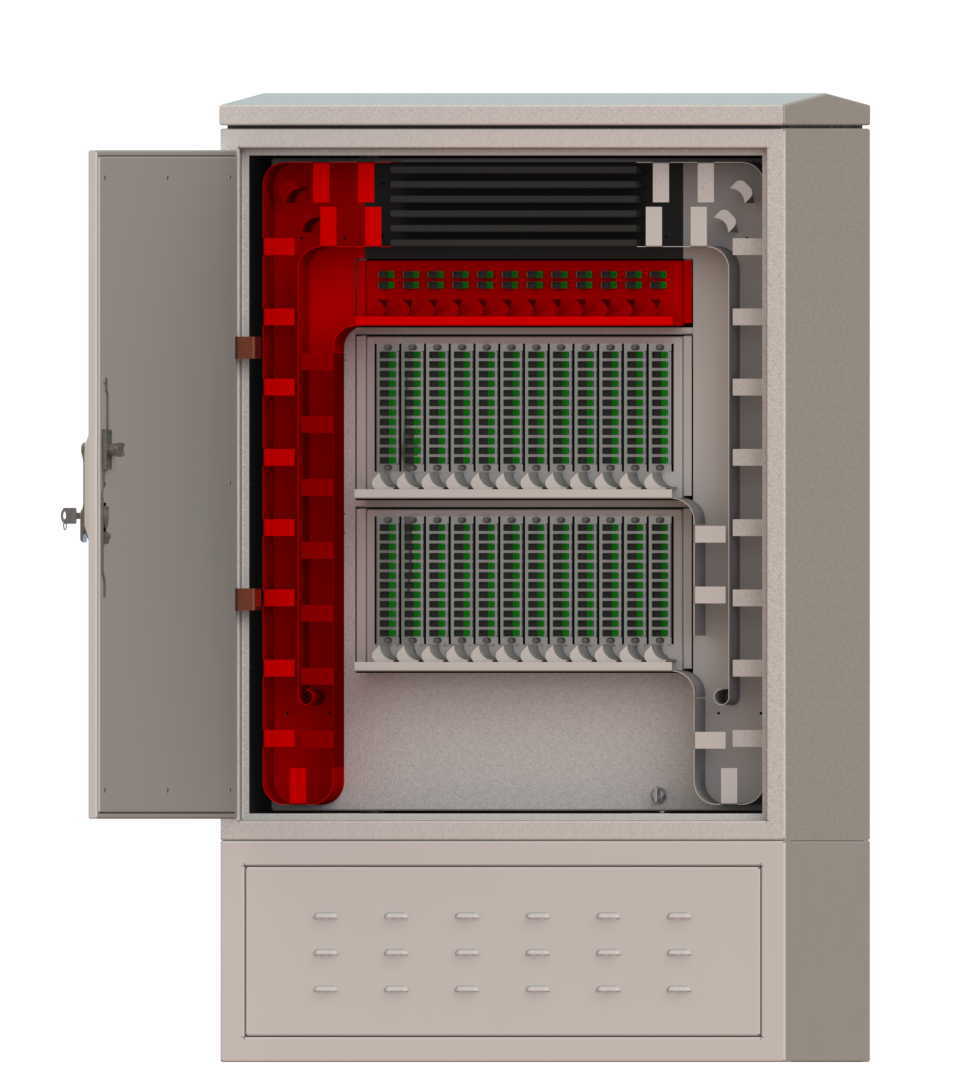
Outdoor Fiber Optical Distribution Frame (ODF)
The outdoor Fiber Distribution Hub (FDH) cabinet is designed to handle fiber optic terminations and passive optical splitters in PON FTTx networks with many sizes from 288 to 1152 fibers, but can also be used for Point to Point (P2P) applications or combinations of both. The FDH is used as a demarcation point between the feeder network and the distribution network and provides quick and easy incremental installation of distribution cable terminations and fiber optic splitters. This cabinet can handle both air-blown fiber in micro ducts, micro cables as well as drop cables, and other fiber optic cables. The FDH is intended for above-ground installations but can also be mounted indoors, floor standing e.g. for use in a basement of a Multi-Dwelling Unit. A mounting pad for outdoor installations and brackets for wall mounting are included.
The cabinet is equipped with heavy-duty lockable front doors with hexagonal key locks. The feeder cable and distribution cable management and routing are also provided with self-protecting rubber to retain the cabinet IP55 rating according to IEC 60529 standards after the installation as well.
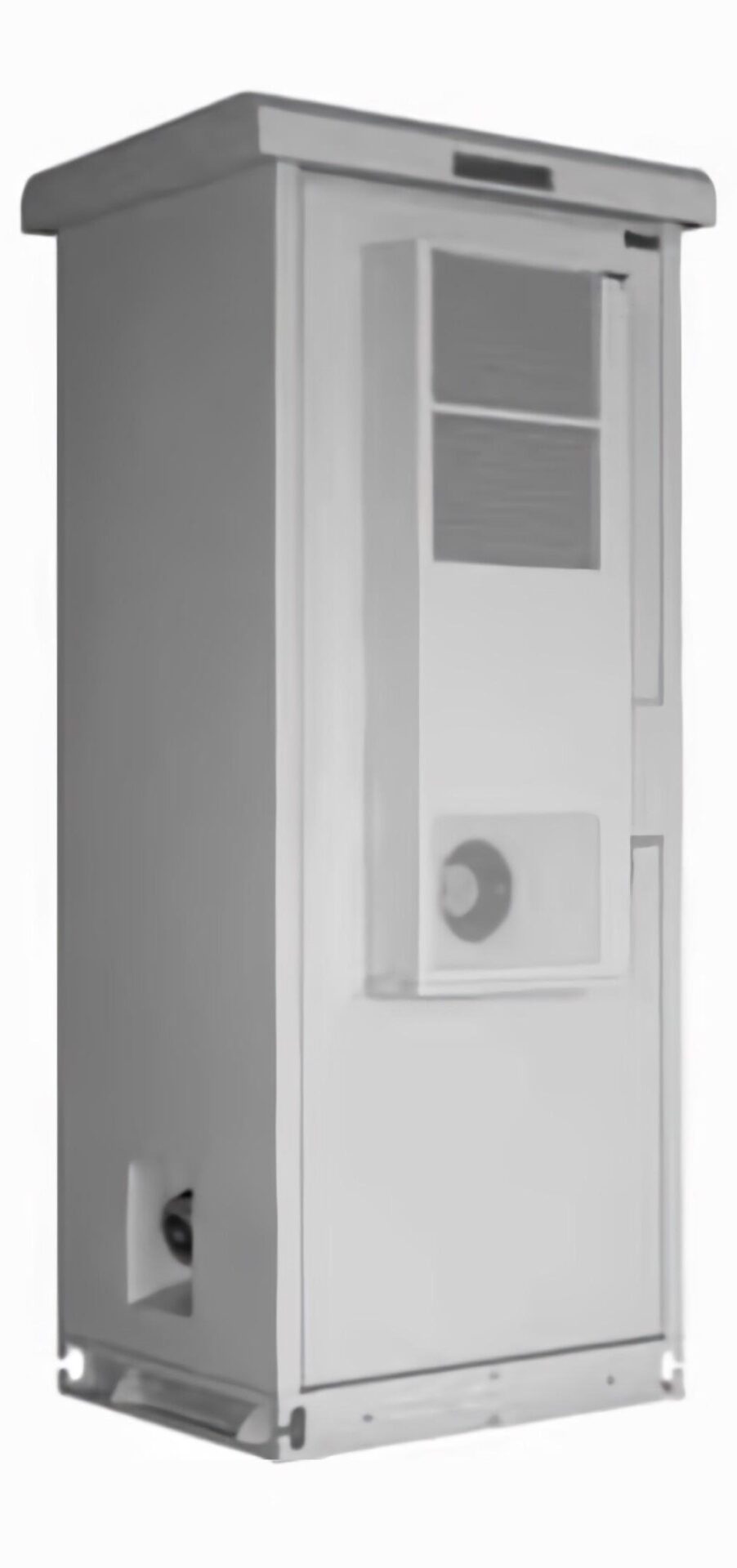
Mini-Shelter Cabinets
Mini-shelter was developed for easing operators’ pressure in site acquisition, meeting operators’ requirements for energy saving, and flexible expansion. As an innovative installation solution for site equipment, it not only has a large housing capability like a traditional shelter but also adopts an independent compartment temperature control method as an outdoor cabinet. Because Mini-shelter has few limitations on application scenarios and can satisfy operators’ different requirements, it is gaining more and more popularity in the modern sites.
Key Features:
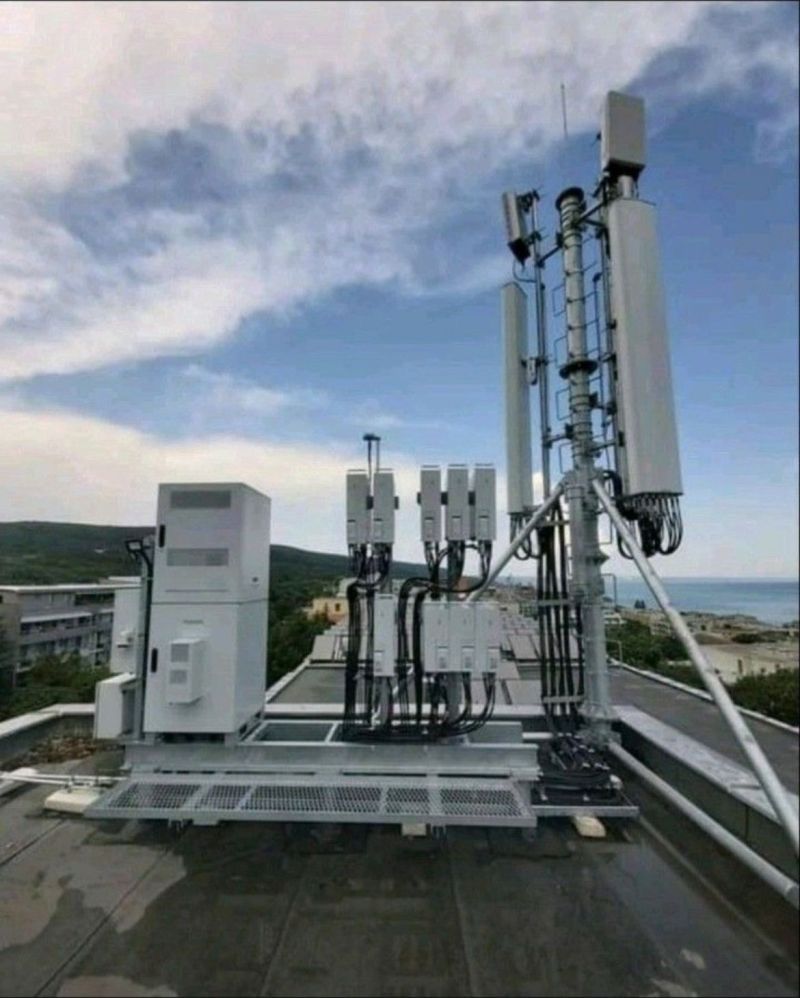
5G & Cell Solutions
Field-proven and environmentally-rugged outdoor enclosures deploy quickly and offer reduced OpEx and a small footprint. Our broad portfolio features aesthetically-pleasing cabinets for power and battery, battery backup, macro cell site, and Pico Cell site use. Advanced outdoor enclosures help accelerate your ROI while ensuring performance you can trust.
Key Features:
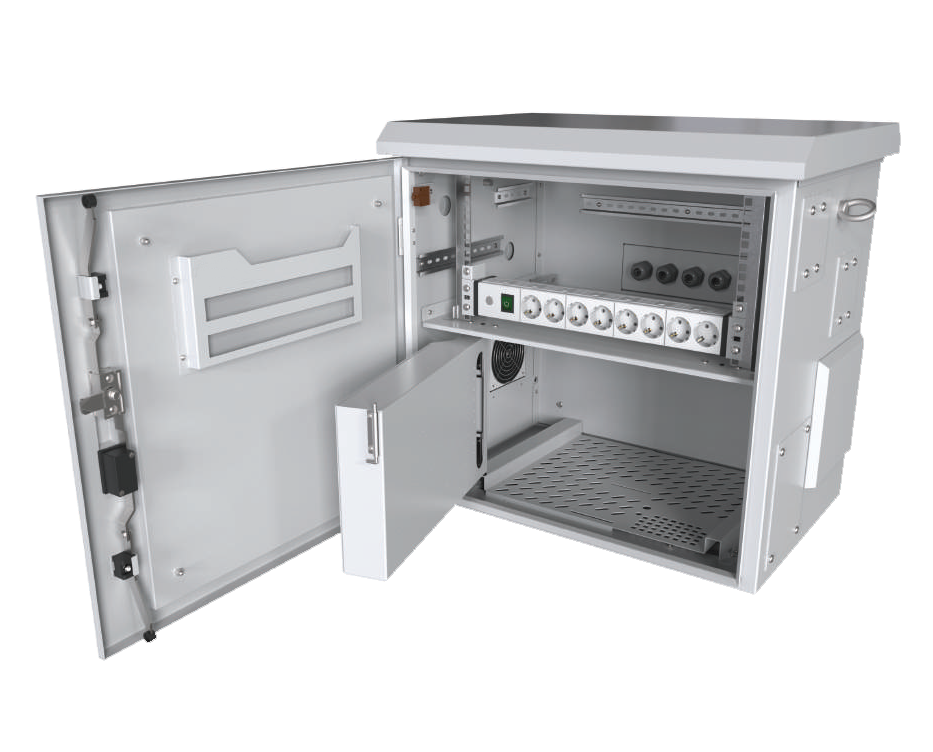
CCTV Cabinet Solutions
CCTV Cabinet Solutions It is the structure that hosts the equipment that helps keep and track the simultaneously collected visual information as evidence and recording and operating the automatic and surveillance alarms.
Key Features:

